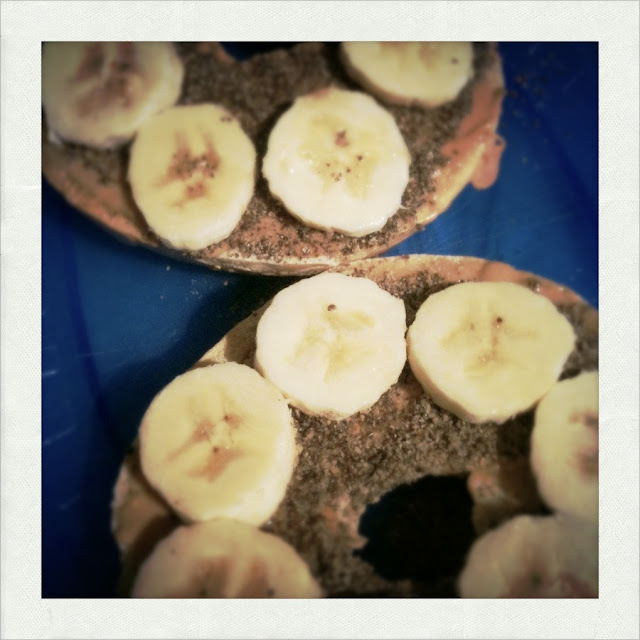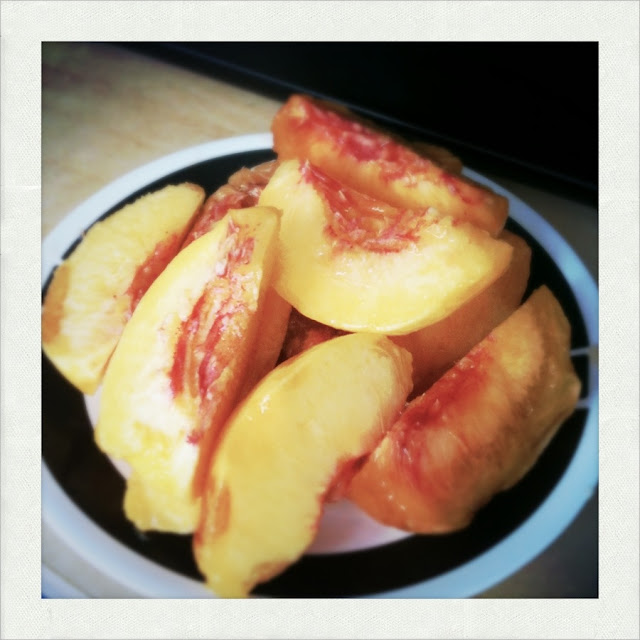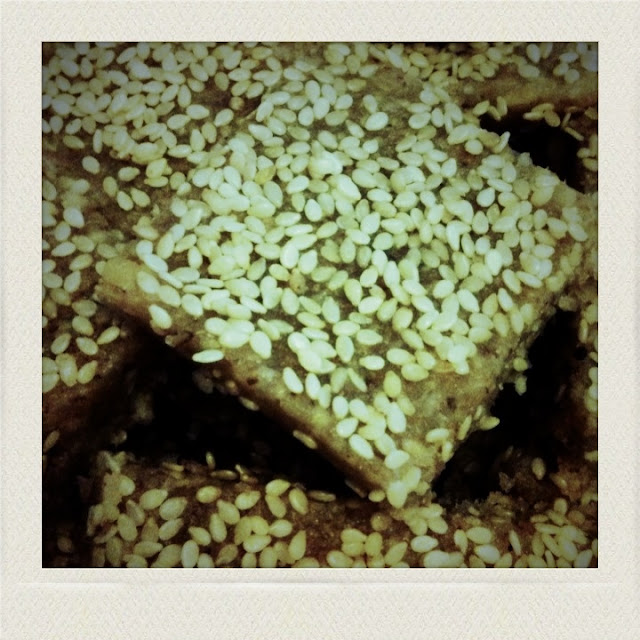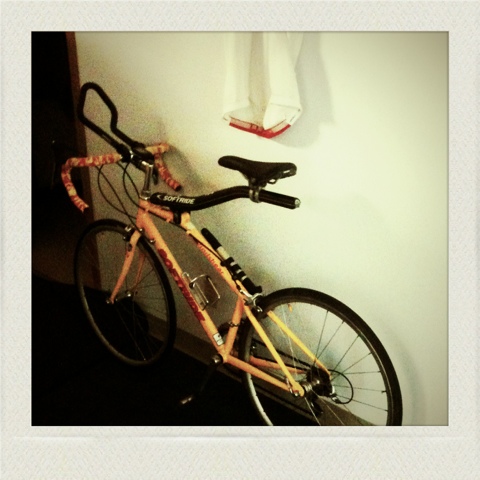I have been procrastinating on this post for a week now and I'm not too sure why ... Maybe it's because I don't really want to move on, especially now that Autumn is now unleashing the full force of his wetness on us. Anyway ...
I ran the
Victoria Marathon last Sunday in 3:22:07 (chip time), which turns out to be not to bad. This is only my second
Marathon (first one was 9 years ago in Paris) and possibly my last one. Why? Mainly because training for one takes too much time away from cycling. I'm an aspiring
duathlete, after all ;-) However, as soon as I was done with this one, I was kind of pondering on registering for some more ... So, who knows, I may do the
Edge 2 Edge one which is located in a very scenic part of
Vancouver Island. In any case, I'll definitely do some
Half-Marathons.
So ... I got up Sunday morning at 5:30am (my usual wake-up time on week days) and had my usual
long run breakfast (bagel + peanut butter + banana + chia seeds) and also drank 0.5l of water in which I had disolved a
Nuun tablet. At 6:45am, 2hrs before the start of the race, I had half a cup of (strong) coffee. I could have waited some more as to have the full effect of caffeine at the start of the ace, but I wanted to make sure I will not have to stop during the race to pee (this had been an issue during my first
Marathon). At 8:30, my father-in-law dropped us near the starting line and after a short line-up for the
porta potty we were all ready for the start at 8:45. The weather was pretty good with a nice empty blue sky, however it was a little chilly, so since my running outfit was pretty minimal, I wore a plastic bag to keep myself a little warmer. That is something I have picked-up from racing in Europe which isn't as popular in Canada.
After the start, the wife and I stayed together for the first 2 kilometers or so. The idea is to ramp-up slowly and to avoid succumbing to the excitement and over do it so early in the race (a classic mistake). At the 3rd kilometer, feeling pretty good I accelerated and maintained a pretty good race pace (as fast at
4:11/km) up to kilometer 30 where, un-surprisingly, the
quads on both of my thighs started to ach rather painfully. During the 28 kilometers I ran at an higher pace than usual, I was well aware of the risk I was taking. I was feeling pretty good and decided that this was a good time to see what I was capable off. During my first Marathon back in 2003, I had taking it so easy (and finished it in a very un-glorious time of 4h15) that I had enough energy left at the end to sprint the last kilometer. I just didn't want to do the same thing this time around ...
With both my thighs becoming painfully sore, I had to choice by slow down my pace to
5:09/km and up to
5:41/km during the 41st kilometer. I probably could have stopped and walked a bit (like many other runners did), but this isn't something that I have ever done during a race, and I wasn't going to do that. When people started passing me, which had not happened until I had to slow down, I definitely started to feel like an idiot ... :( Anyhow, I was happy to reach the finish line within the time I have set for my goal.
Nutrition wise, I had taken with me 3 dates to be consumed in case of emergency, but the occasion never came up as I relied, rather heavily, on the race provided energy gels. This wasn't my original plan, but as went for most of the race on a higher pace than usual, I though that I may run myself into the infamous wall. So, I gobbled-up as much as gels as I could snatch from the volunteers handing them out. I probably had 3 or 4 of them and drunk at most water stations (mainly energy drinks). As the result, I didn't feel out of stamina during the whole race.
Before the race, I was expecting my knees and calfs to cause me some pains, but I barely felt them during the race which was pretty cool. Overall, I'm not dissatisfying with my performance, just a bit disappointed at myself for not having the judgement to lower my pace to something that I could have maintained up to the finish line.
Lesson learned, I suppose ...



































